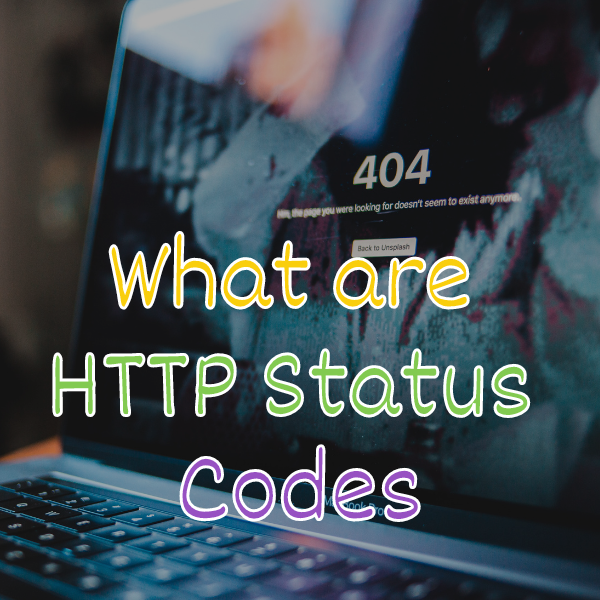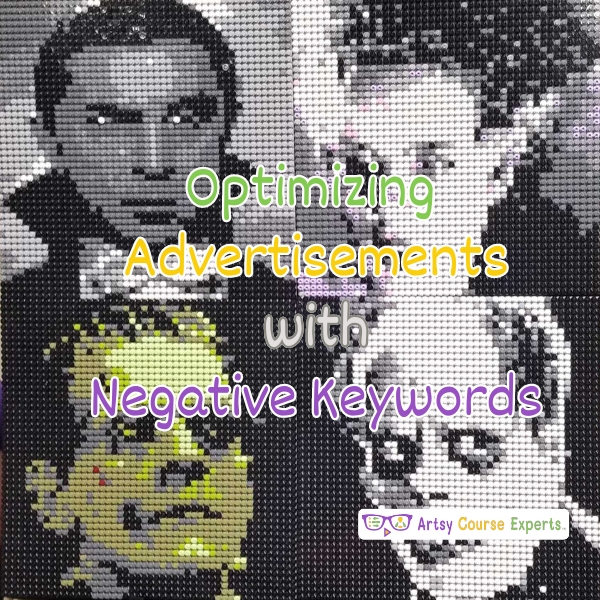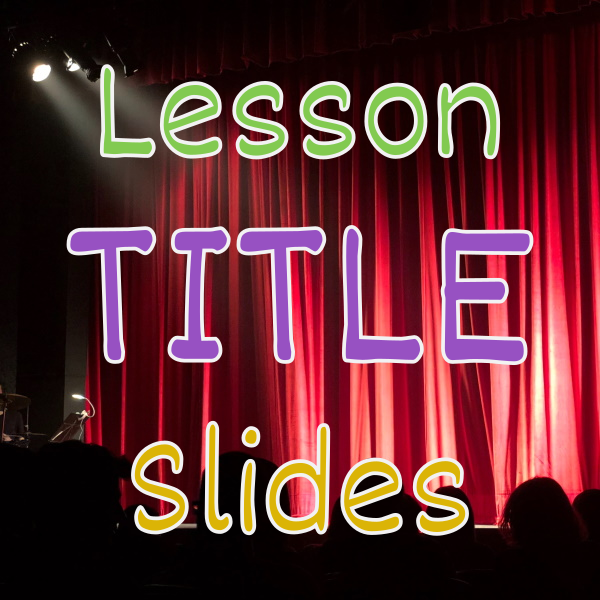What Is The “Is This For You Section”?
Many profitable sales pages for online courses have a section to help prospects identify with a course. It may be a section with a header like “Is this course for me?” followed by a set of bullets about who would benefit from this course.
Top For Me Mistakes
Here are some of the top mistakes we’ve seen with “is this course for me” sections:
- Not including one
- Putting all the ideal customers in one big paragraph
- Being heavily wordy
- Not having profiles pop
- Combining features/benefits lists with target list
- Having too few or too many target customers
The Sales Page hook
Here are some different examples of the headers that are often seen on sales pages:
- Is this course for you?
- Who is this for?
- Take this course if you are:
- Should you take this course?
- Who can benefit from this class?
- Here’s who our course is ideal for:
- This course is for you if…
For You Section Header Formatting
The “This Course Is For You” label is really an HTML header element type (probably an H2). This content is usually formatted with a big font size, bold or with words that start with capital letters.
Example:
Is This Course For You?
Depending on your page layout, it may make sense for you to left-align or center-align your section headers.
This header is followed by a medium to large content area that includes a list of specific people, roles, problems, or qualifying questions.
Bullet Types
Some sales pages use normal bullet symbols • to enumerate the different customer types sentences.
For example:
- Animators
- User Experience CSS Experts
- 3D modelers
Others may use different icon symbols or even images for every item to draw attention.
The checkmark icon (also called tick) is a popular option since we are telling prospects that this is the right decision to choose this course for these people. You can even style the checkmark to use colors like Green (yes & positive) check icons.
✓ Actors✓ Musicians
✓ Singers
We don’t recommend 1,2,3 or a,b,c since these customer attributes are not an ordered sequential list, but just a collection of options.
Short, Medium, or Long customer types?
You may decide to use ideal customer types that are short, medium, or long.
Short customer types may be 1 to 3 words like: Writers, Sci-Fi Writers, or Aspiring Sci-Fi Writers. These are easy to scan and prospects can quickly find themselves in a list.
Medium customer types may be a series of short sentences like: Amateur writers who have not started to get paid for their work. This is specific and can demonstrate the pain that the buyer may be experiencing.
Long customer types may be an entire paragraph explaining one of your many ideal customers as well as explaining the specific pain and path forward they can take. For example: “Photographic Grand Master course is everything we’ve learned about Photography in the last 25 years working as a professional photographer. Stop being a struggling artist and enroll now so we can teach you all our techniques, tricks, tools, and systems over 25 step-by-step modules.”
Using Bullets With Extra Sub-Titles
In some cases, you may want to use bullets with popping subheadings to make each bullet stand out. This can be done with heading tags, bold, color, and italics, to further emphasize each bullet.
For example:
- You are already writing, but you’re ready to go to the next level. You may be writing only short-form content and not getting paid. You want to go from a hobbyist to a professional that gets paid and praised.
This technique also helps prospects that scroll through your entire page and only scan headlines and sub-headlines. In this case, the sub-headline may be just enough to communicate the right course for the buyer.
Using A List Of Target Customers
If you have a long list of ideal customer types, it may be better to go horizontal as a paragraph instead of vertical with a list of pronouns. This allows you to have a comma-delimited list of target customers.
For example:
Who is this course for?
For illustrators, designers, advertisers, architects, animators, and art fans who appreciate color palettes and want to learn new perspectives and techniques to better use colors in their designs.
This format also allows you to easily evolve your sales page when you want to reorder, add, remove, or modify your list of target customers.
Using A List Of Problems
The Is this for me section of your sales page could use a list of problems to connect with prospective customers. In some cases, it may be easier to specify problems instead of listing specific hobbies, jobs, functions, or situations.
For example:
This course is for you if:
- You’re having trouble keeping up with your customers
- You get stuck trying to be perfect
- You can’t phantom delegating your creative work
Notice, how we are targeting a prospective customer by talking about problems that they are having, without explicitly naming each customer. Before reading the list, they may not have even been fully aware that they have more than one issue. So a list of problems can also help highlight problems that other sections like benefits or testimonials will state are being solved.
Identifying Your Customers With Nouns That
Sometimes it is easier to read (and write) a collection of nouns like musicians with this or musicians with that.
For example:
- Writers who write fiction
- Writers who want to teach
- Writers who want flexible hours
This style is easy to scan and once the buyer finds their profile, they can move on to the next sections in the sales page looking for more reassurance before they ultimately decide to buy now/later or keep shopping.
While the example above uses only writers, you may benefit from calling out a collection of specific but related customer types like writers that w, editors that x, publishers that y, and poets who z.
Qualify With A Hook
In some cases the is this course for you section can be very broad with a simple question and a reaffirming answer.
For example:
Are you passionate about writing sci-fi?
If so, WRITING COURSE NAME could be the perfect fit for your goals. It will teach you step-by-step how to WRITING STUFF YOU TEACH.
The header question connects perfectly with the prospect’s personal desires. Then you reaffirm to let the prospect know that this will help them with their problem or goal.
Find Your Customers With Targeted Questions
Sometimes asking a series of questions, makes the prospect head nod yes as they build momentum until they finally purchase the course.
Here is an example:
Is this dance program right for you?
Do you have good coordination and flexibility? Do you have a natural ability to feel the music and you just know exactly what steps to take? If so, this program is perfect for your skill level!
Mixing Course Benefits With Targets
You should have a clear set of course benefits on your course sales and information page. These are statements like:
- 9 Modules that teach…
- Student Frequently Asked Questions area
- Access to our private graphic designer community
However, mixing these common course benefits with your target audience could be a mistake. You want your prospects to scan for themselves in the “is this course for you” section, while you want all your prospects to scan all benefits without filtering.
In some cases, it may help sales if you list out each target customer and specify individual problems that will be overcome by that target group. Note that these specific accomplishments are different than the generic benefits that come with your course.
For example:
- Amateur Poets: Learn to write poetry like published authors and spoken word performers
Adding A Catch All Customers Statement
In some cases, after you specify a few target customers who would benefit from your course, you could add a larger catch-all statement to pull in an even wider set of related customers.
For Example:
This is a course for anyone who enjoys performing in public and is not afraid to grow from practicing new types of material, including musicians who are looking to develop new show techniques or singers who want to add some expressions while at the mic
This example uses anyone who enjoys performing in public as a broader net. It also can use caps, bold, or heading font to really pop as another reason why this course is for the student.
Where To Place The Who Is This For Section?
The who is this for section is often found in the upper middle of the sales page.
It is important to have the top part of the sales page talk about the high-level summary of the course as well as what specific content is taught in this course.
Often the targetted customers section is after the course preview area. It also makes sense to follow the target customers with a benefits section.
The lower part of your sales page may contain content like testimonials, frequently asked questions and bonus materials.
Aiming For The Bulls-Eye Target
In some cases, you may have a very specific course that appeals to a narrow niche. When this happens you can try to convert a high amount of prospects by being very narrow with one main customer type who should take your course.
Who was this course designed for?
This course was specifically designed FOR SOLO STAGE PERFORMERS IN LARGE VENUES of 150 people or more.
So instead of listing a bunch of bullets for a wide range of customer types, you list one clear customer that you are serving perfectly. This one message could be visually formatted to pop as the one item – maybe by using a big font or box. The goal is for the customer to get motivated because this course is so right for them that will be inspired to purchase it.
FAQs
Some people like to answer who is this course for in the Frequently Asked Questions section, however, we think this customer matching question is too important and should be broken into its own section.
See the Frequently Asked Questions for Creative Course Sales for more tips on what specific questions should be in a FAQ section and strategies on how to position, order, and display the section.
One Last Style Thing
Whether you are writing one word, a short phrase, or a long sentence, it does look better when your bullets don’t end with a period.
But exclamations and question mark symbols are allowed and look great!
For example:
- Most bullets don’t need periods at the end
- Why are you awesome?
- Creators rule!
Summary – Include a for you section
Having prospective customers see that they are the perfect customer will help confirm that they are the right student for you. They will be reassured along with all your other sales content that this course will specifically help them with their problems, challenges, and goals.
Finally, once you add a “who is this course for” section, don’t forget to tweak it over time as your content evolves and you get a better sense of your true customers and their specific needs. This also applies to your summary, course outline, benefits, and FAQs.
Making creative courses is super fun, but making sales can be hard. Hopefully with a good who is this course for section, selling your courses will be a little bit easier.
FAQ The “Is This Course For You” Section
You should be a little more smarter now. Thanks for hanging out!
Please subscribe to get more tips for creative online course teachers.
These lessons can also help you with Education and Course Content:
- How To Create A Guide For Your Online Course?
- Top 25 Best Free Stock Photo Sites for Stunning Images – Thinkific
- How To Outsource Online Course Work For Creative Teachers
- Include Bonus Content – For Increased Sales & Satisfaction











